
Live HK
Inspiring your Hong Kong
Kowloon Walled City started as a fort that was built in the 16th century. When the British took control over HK island in 1841, it was used as a garrison by the Chinese government. In 1898, the New Territories also ceded to the British and the Chinese finally abandoned their post.
With no government, the fort became a lawless haven. Cheap rents and lax laws enticed refugees and criminals to the walled city over the 20th century. The slum became the most densely populated area in the world, with over 33,000 inhabitants estimated to have lived in the triad-controlled territory. Rat-infested alleyways, drug trafficking, prostitution and even unlicensed dentists became the norm.
The notorious enclave was eventually demolished by the colonial government in 1990’s. The city of anarchy was replaced by a picturesque Jiangnan- style park.
The Kowloon Walled City Park is now a starke contrast to the story of it's past.
Drift past the pavilions, sculptures and ponds of the graceful gardens. Relics of the old Kowloon Walled City remain including cannons, wells and stone inscriptions. Probe the remnants of the crumbling South Gate and the historic Yemen building, the only original remaining structure from the past. There is also a small museum dedicated to the history of the once infamous city.
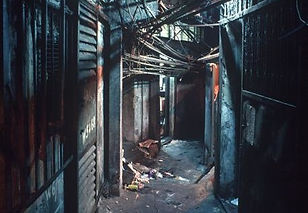
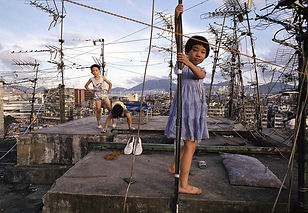
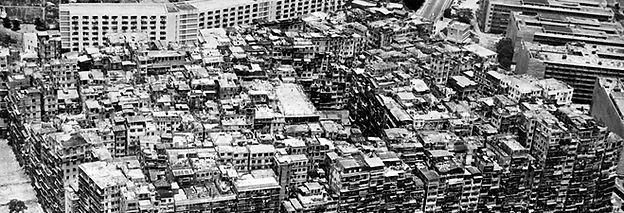
Aerial photo of Kowloon Walled City, 33,000 residents living on only 6.5 acres. Photo: SCMP
Children on the walled city's rooftops. Photo: Greg Girard

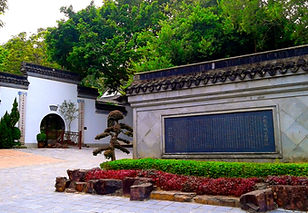
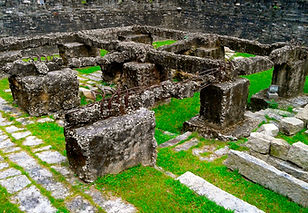
Unkempt streets of the walled city. Photo: Greg Girard
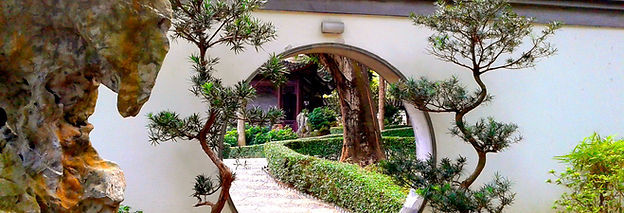
FIND IT
KOWLOON WALLED CITY PARK
Directions
Take Bus 1 from the terminus outside the TST Star Ferry and alight at Tung Tau Tsuen road, just opposite the park.
Opening Hours
The park is open daily from 6:30am-11:00pm.
Price
Free of charge

"Once known as the City of Darkness, it’s hard to believe that the charming
Kowloon Walled City Park carries a dark and unscrupulous history"
For more information on this destination visit the monastery's official website
or watch this video to get a taster of what you can expect at the Ten Thousand Buddha Monastery.